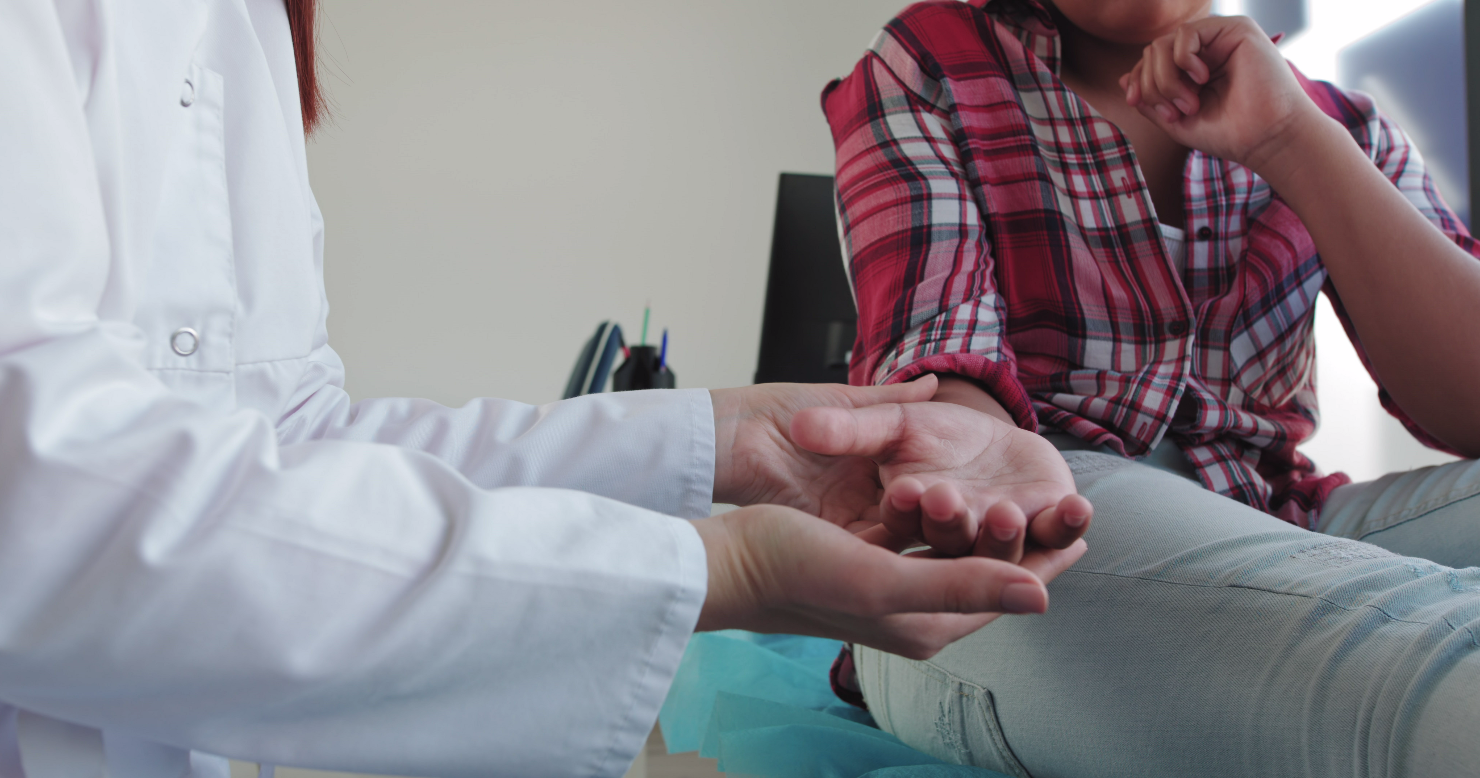Rare skin diseases
Rare skin diseases include more than 800 diseases affecting around 6.8 million patients worldwide, many of whom have high unmet needs. Take a closer look at some of the skin conditions that Almirall is currently researching.

What are rare skin diseases?
A rare disease is defined as an indication that affects a small percentage of the population. Even though the term does not have a universal definition, in the US a disease is considered rare when it affects less than 200,000 people in the country, whereas the European Union defines a rare disease as one that affects no more than 1 person in 2,000.
Mostly of genetic origin, these diseases are often chronic, progressive, and degenerative, severely affecting patients’ quality of life. Despite this high burden on patients, most of these diseases do not have approved treatments, and therapeutic resources used are off-label options.

Rare skin diseases include more than 800 diseases affecting around 6.8 million patients worldwide, many of whom have high unmet needs. Take a closer look at some of the skin conditions that Almirall is currently researching.
Epidermolysis bullosa
Epidermolysis bullosa is a family of rare skin diseases that cause skin fragility and blisters due to friction. It is also called the “butterfly skin” disease.
Palmoplantar pustulosis
Palmoplantar pustulosis is a rare skin condition characterized by the eruption of superficial pustules that primarily appear in palms and soles.
References
- FDA. Rare Diseases at FDA. Available at: https://www.fda.gov/patients/rare-diseases-fda
- European Comission. Rare diseases. Available at: https://research-and-innovation.ec.europa.eu/research-area/health/rare-diseases_en#:~:text=In%20the%20European%20Union%2C%20a,than%201%20person%20in%202%2C000.
- Kuo TC. et al. RSDB: A rare skin disease database to link drugs with potential drug targets for rare skin diseases. Sci Data. 2022 Aug 26;9(1):521. doi: 10.1038/s41597-022-01654-2. PMID: 36028515; PMCID: PMC9418253.

